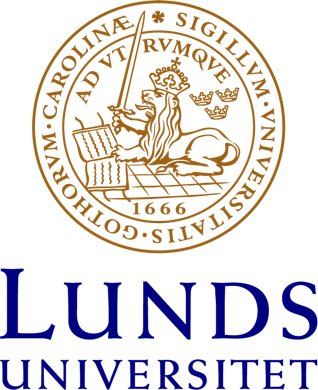Lebanon
Muharram in Lebanon 2022

Muharram is the first moth of the Islamic calendar and plays a central in the religious life of Shii Muslims across the world. The first ten days of the month are an integral part of the Shii religious calendar: these are the days when Shiis commemorate the death of Imam Husayn, the grandson of the Prophet Muhammad, on the plains of Karbala in southern Iraq in 680CE. A key element of the religious activities during Muharram are memorial gatherings, known in Arabic as majalis. These are usually held on the first ten nights of the month of Muharram and conclude on the tenth day, known as ‘Ashura’, the day when Shii Muslims commemorate the death of Husayn.
A central element of the memorial gathering is a lecture narrating key events around the death of Husayn and his entourage of supporters and family members who accompanied him to Karbala. Other rituals include rhythmic self-beating, known as latmiyyat, during the recitation of eulogies for Husayn and his family and supporters. Another important ritual is the reenactment of the events around ‘Ashura’ by community members in lay performances. Many of these ritual activities could be observed in Lebanon during Muharram in 2022.
The southern suburbs of Beirut between the city’s international airport and the city centre are known as Dahiyeh in which mostly Shii Muslims live. The two largest political groups of Lebanese Shii Muslims are also represented and active during Muharram.



Apart from the two main Shii political movements, other communities that consider themselves apolitical hold memorial gatherings. The Shirazi community in Lebanon consists of Shiis who follow the clerical authority of Iraq-born cleric Muhammad al-Shirazi (1928-2001) and his brother and successor Sadiq al-Shirazi (b. 1942). They also have a community centre in Dahiyeh and emphasise more the ritual dimension of Muharram commemorations with politics being almost irrelevant.
An important episode of the events commemorated by Shiis during Muharram is the marriage of Qasim, a nephew of Imam Husayn. Many Shii communities, to remember this event, hold a mock wedding procession in which a young member of the community dresses up as Qasim. In this video, the mock wedding procession in the Shirazi community centre in Dahiyeh enters the main congregational hall before the male attendees prepare to perform rhythmic self-beating, known as latmiyyat. The eulogies during the processed are recited in the Iraqi dialect of Arabic.
Southern Lebanon, Jabal ‘Amil, is one of the areas in Lebanon with the largest Shii population. A central role in annual Muharram ritual plays the town of Nabatiyyeh in which many ritual activities take place. One key ritual which has a long tradition in Nabatiyyeh and villages around the town are passion plays (tashabih), re-enacting the events of Muharram. The performers are local lay actors who perform the passion plays on the main square of their towns and villages.



The actors stage the passion plays but do not speak the dialogues themselves. The public passion plays use voice over for the dialogues of the protagonists and a sound system for sound effects.
